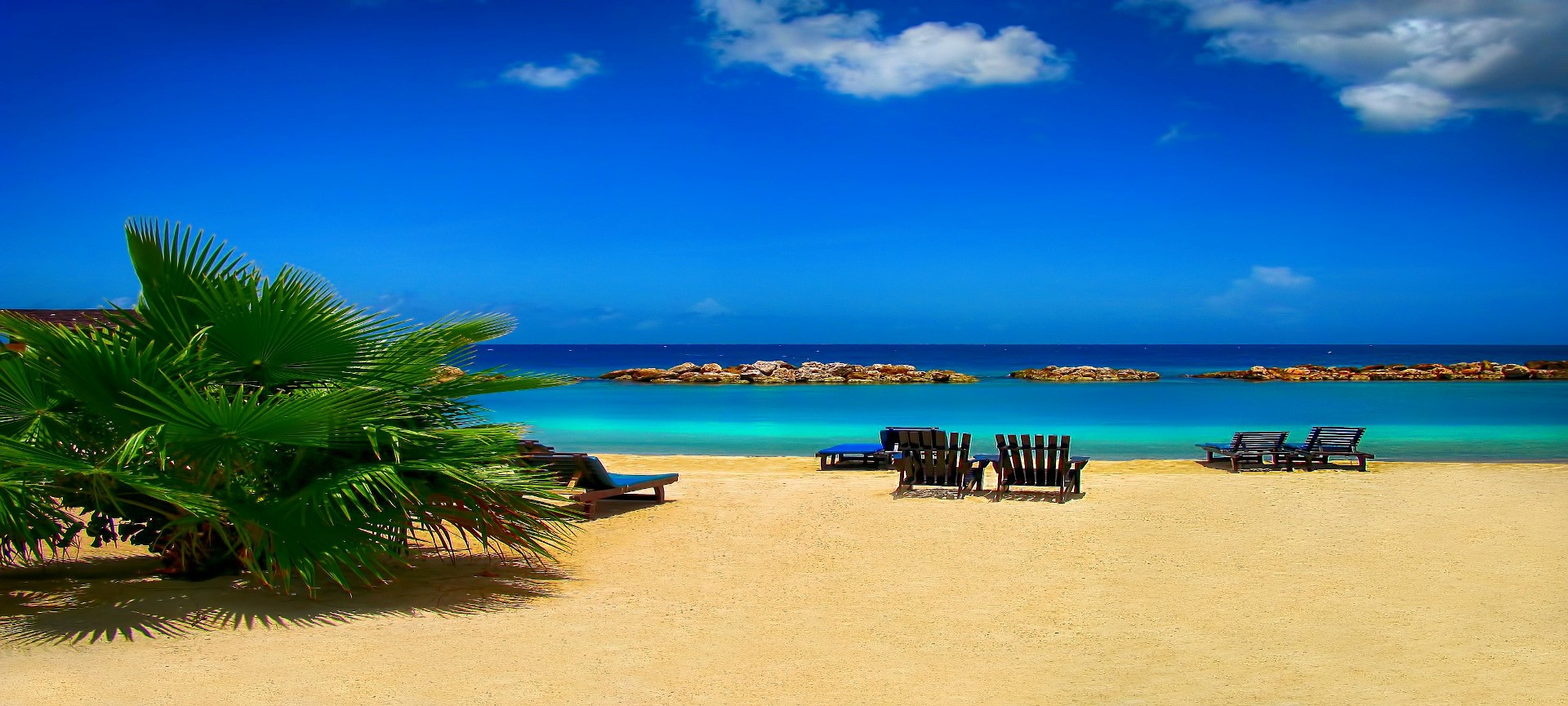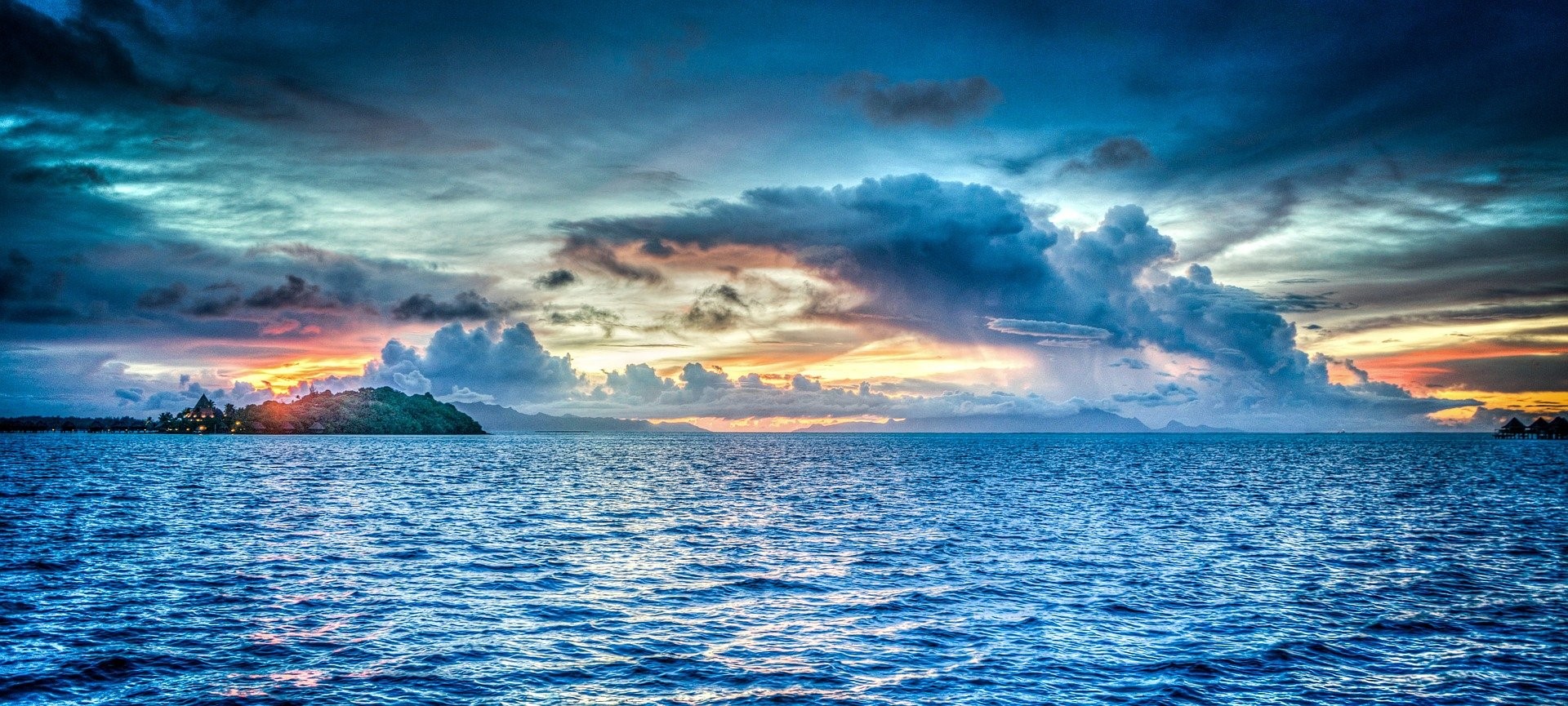At the beginning of 2020, the ocean cruises industry was one of the fastest growing sectors of the travel industry. No less than 55 cruise companies operate 278 ocean cruise line ships, with another 28 new ships that will be delivered in 2021. In addition to the ocean cruise sailing capacity, there are over 500 river cruise ships. Ocean, river and specialty cruise lines represent more than 95% of the global cruise capacity. Market segments of ocean cruise lines companies can be clustered into first class, premium or contemporary, luxury and specialty cruise lines. In 2019 the worth of the world cruise industry, was more than $150 billion in direct and indirect revenues.
According to the Cruise Lines International Association (CLIA), the world’s largest cruise industry trade organization, the number of cruise ship passengers has increased from 17.8 million in 2009 to 30 million in 2019, an annual growth rate of 5.4%. Prior to the business lockdown due to the COVID-19 pandemic, the forecast for 2020 was a further increase to 32 million passengers. In 2019, the most popular cruise destination was the Caribbean region (42% of all cruise), followed by the Mediterranean (16%), Asia and China (14%), and Northern Europe (6%). In 2019 the number of passengers split by origin, was the following (data in millions): 15.41 were North American, 7.71 European and 3.75 Asia.
The average age of passengers was 46.7 years. However, considering that Generation Z surpassed Millennials as the largest demographic group in 2020, the average will eventually decrease in the next decades as the Z Generation is considered to become one of the largest market segment in the cruise industry.
Major trends that will shape the industry over the next decade, include:
- Environmental sustainability: the industry is investing heavily in waste reduction with innovative cutting edge environmental technology, such as the use of liquified natural gas (LNG), exhaust gas cleaning (EGCS), advanced water treatment systems and shoreside electricity;
- Responsible tourism: cruise lines are working with local communities to find the best way to manage the flow of passengers visiting each port of call, to protect the culture, the environment, the unique heritage and landscape of destinations visited;
- Catering to single cruisers: sales strategies are now much more sensitive to the needs of “solo” cruisers;
- Theme cruises, alternative destinations and duration of cruises: the continued growth of luxury expedition cruising, alternative destinations such as private islands and marine reserves and the growing number of two- and three-day micro-cruises;
- New onboard IT digital experience: the growing interest of Millennials and Generation Z in cruises, which will become the largest consumer generation, is driving the upgrade of internet connectivity on-board. Cruise ships are massively investing the availability of in line apps, wearable technology (multifunctional bracelets that include geolocation system), cabin voice recognition devices, facial recognition cameras, touch screen devices for on-board service reservations, digital concierge services, robotics (bartenders preparing and service cocktails e.g.) and health apps;
- New innovative onboard concept venues and accommodation: cruise passengers are increasingly looking for a sense of privacy, different service experiences and entertainment;
- Last but not least, the mandatory adoption of COVID-19 related measures to ensure a safe and healthy on-board environment for all passengers and crew members.

Cruising through the new disruptive COVID-19 scenario
Cruise line companies seeking to emerge in a stronger position after the pandemic should develop a systematic understanding of how passengers’ habits have changed during the crisis and how it affects their behavior within their entire customer journey: from the decision-making process that is leading travelers to select a cruise company, down to their trip back home after disembarkation. Which variables will passengers take into consideration in selecting their next cruise? What do passengers expect in terms of safety and health standards? How will cruise lines keep their ships free from COVID-19, and how will they prepare themselves for further outbreaks? These are key aspects that cruise companies need to fully understand keeping their loyal passengers and to bring in Generation Z as well.
Disruptive business crises such as the COVID-19 pandemic, further enforce the logic that corporate strategies is the way a company select a competitive positioning. While operations strategy is the way to reach and defend the competitive position chosen by the company. It means that relevant new requirements, COVID-19 related, need to embrace the business mainly at two levels: corporate and operations which remain the strongest competitive advantage for a cruise line company. New protocols have been developed to implement measures which aim at minimizing the exposure to and transmission of COVID-19 on board its cruise vessels and through all the customer journey when applicable. The way the protocols will be implemented within the operations, will ensure the consolidation of the longstanding competitive advantages cruise companies have achieved until the COVID-19 crises.
From a corporate prospective the main focus will be on ensuring a consistent level of governance and compliance with the protocols conceived according to rules, regulations issued by governments and national public health institutes. A resilient monitoring of the pandemic must be also a priority. The target is to constantly deliver a safe and healthy experience to passengers preserving the service excellence guests were used to, before the COVID-19 pandemic crises. It goes without saying that crew members and employees ashore, who represent the strongest asset in any hospitality business, will play a strategical role in developing, implementing and keeping the new standards up to date.
From an operational viewpoint, cruise companies will implement new procedures which will impact the passengers cruise experience and the on-board operations such as pretesting and vaccination for all passengers and crew members, embarkation and disembarkation, social distancing in public areas, on-board back and front of the house operations, medical and public health standards and shore excursions activities. Health and safety have always been paramount to the way the cruise business has been run. With procedures already in place before the pandemic and the new protocols, cruise companies will be able to ensure the necessary high standards of safe and healthy operations guests are expecting to cruise with full confidence.

Which value proposition for future landscapes
Despite the COVID-19 pandemic, cruise companies are progressing on existing fleet expansion projects and restarting shipyards operations that were put on hold in 2020. While the delivery dates have been extended, no large ocean cruise ship orders have been canceled since the industry went on pause. The new building continues also in the cruise-ferries and river ships business.
When the industry will restart, the passengers experience and the operations are likely to look very different on board. Cruise companies are picturing cruise ships as the safest form of travel for the future, promoting the vessels as a COVID-19 free environment or “bubble” and communication strategies are focused on the effective implementation of tested protocols. Time will confirm whether it will be enough to cope with the pandemic crises or if it will be necessary to re-conceive the core of the cruise business itself in the long run (itinerary planning, size of the vessels, product and services offered on board e.g.).
The key leverages in facing the new landscape remain the on-board operations and the crew members, crucial in facilitating and guiding passengers through the cruise experience at sea. This is where the core competitive advantage of cruise companies lays.
In this context, EHL Advisory Services’ value proposition to the cruise business is based on:
- Developing corporate strategies to meet new market trends and challenges, preserve and add value to the business;
- Developing health protocols;
- Designing and implementing on-board operational procedure focused on cost controlling, inventory management and replenishment, ensuring corporate governance and compliance;
- Developing tailor-made training programs to enhance service excellence at sea;
- Managing business development projects.
References:
- Cruise Lines International Association (CLIA)
- COVID-19 and Cruise Ship Travel
- COVID-19 impacts on global cruise industry How is the cruise industry coping with the COVID -19 crisis ?
- Growth of the Ocean Cruise Line Industry
- How Can Cruise Lines Attract New Cruisers in 2021?
- Cruise industry tries to rebuild after coronavirus shutdowns
- When will it be safe to cruise again? These signs that will help you decide when to sail
- State Of The Cruise Industry: Smooth Sailing Into The 2020’s
- 27 shocking cruise industry statistics and facts for 2021
- Why cruise ships are setting sail again as COVID-19 rages
- These startling pictures show the impact of COVID-19 on the cruise industry
- Number of ocean cruise passengers worldwide in 2019, by region
- Segmentation and targeting in the cruise industry: an insight from practitioners serving passengers at the point of destination
- Newest Cruise Ships
- Cruise Ship Construction Proceeding Despite Continuing Industry Pause
- Cruise Industry Trends for 2020




